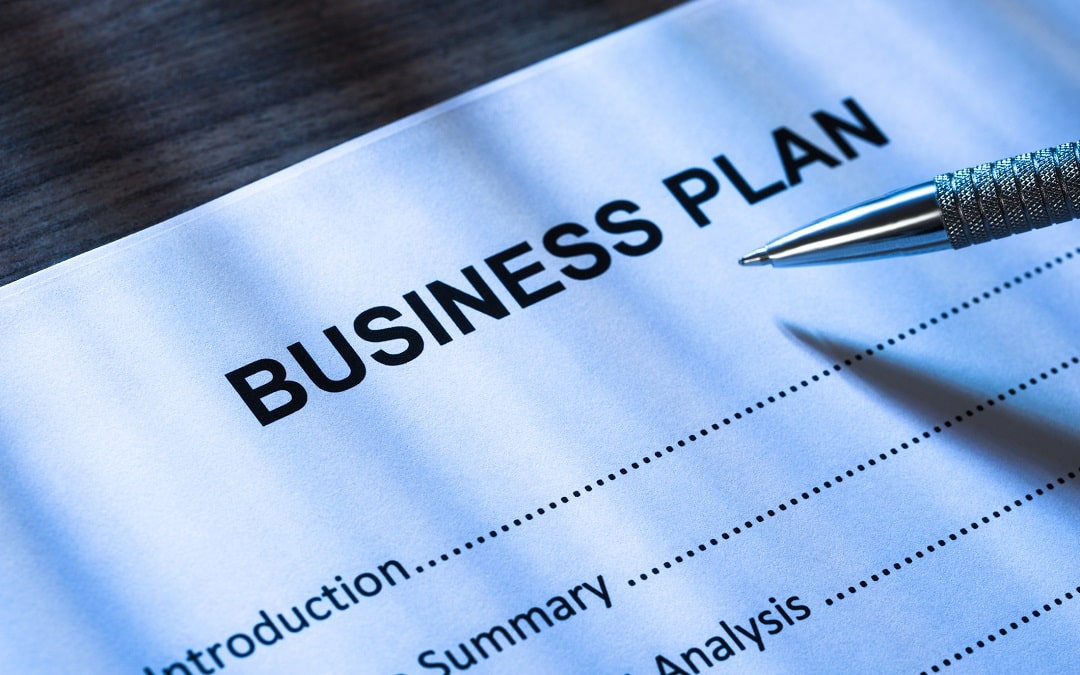For e-commerce entrepreneurs, crafting a business plan is a crucial step in establishing and growing your venture. But one question often arises: how long should a business plan be? Let’s delve into the details and find the right balance for your e-commerce business planning.
Understanding the Purpose of a Business Plan
Before we discuss length, it’s essential to understand why you’re creating a business plan. Is it to secure funding, guide your internal strategy, or both? Your purpose will significantly influence the plan’s length and detail.
For e-commerce businesses, a plan serves as a roadmap, outlining your product offerings, target market, marketing strategies, financial projections, and operational details. It’s a living document that should evolve as your business grows and market conditions change.
Key Sections Every Business Plan Should Include
Regardless of length, a comprehensive business plan typically includes:
- Executive Summary
- Company Description
- Market Analysis
- Organisation and Management
- Product Line or Services
- Marketing and Sales Strategy
- Funding Requirements
- Financial Projections
For e-commerce businesses, you’ll also want to include specifics about your online platform, shipping and logistics, and customer service approach.
Types of Business Plan
One-Page Business Plan
A one-page plan is a concise summary of your business idea, perfect for quick pitches or as an internal guide for small e-commerce startups. It covers the basics in bullet points or short paragraphs.
Mini Business Plan
Spanning 5-10 pages, a mini plan provides more detail than a one-pager but is still relatively brief. It’s suitable for early-stage e-commerce businesses seeking small investments or loans.
Comprehensive Business Plan
A full-length plan typically ranges from 20-50 pages. It’s ideal for established e-commerce businesses seeking significant funding or those with complex operations requiring detailed explanations.
What Type of Plan Do You Need?
The type of plan you need depends on your e-commerce business’s stage and goals:
- For a new dropshipping venture, a one-page or mini plan might suffice.
- If you’re launching a custom product line with significant startup costs, a comprehensive plan would be more appropriate.
- Established e-commerce businesses looking to expand into new markets or product lines should opt for a detailed, detailed plan.
How Long Should It Be?
The ideal length of your business plan depends on various factors:
- Audience: Investors or banks typically expect more detail, while internal plans can be more concise.
- Business Complexity: A multi-channel e-commerce business with its own product line will require a longer plan than a single-product dropshipping site.
- Stage of Business: Startups can often use shorter plans, while established businesses seeking growth funding need more comprehensive documents.
- Purpose: Plans for internal guidance can be shorter, while those for external use (funding, partnerships) should be more detailed.
As a general guide:
- One-page plans: 400-600 words
- Mini plans: 2,000-5,000 words
- Comprehensive plans: 10,000-20,000 words
Remember, quality trumps quantity. Your plan should be long enough to cover all necessary information but concise enough to maintain the reader’s interest. For e-commerce businesses, focusing on your unique value proposition, market opportunity, and financial projections is key.
In conclusion, there’s no one-size-fits-all answer to how long a business plan should be. The most important aspect is that it effectively communicates your e-commerce business’s vision, strategy, and potential for success.
Are you an e-commerce entrepreneur looking for expert guidance in crafting your business plan? Book a meeting with our team of specialised accountants today. We’ll help you create a tailored plan that sets your online business up for success.

